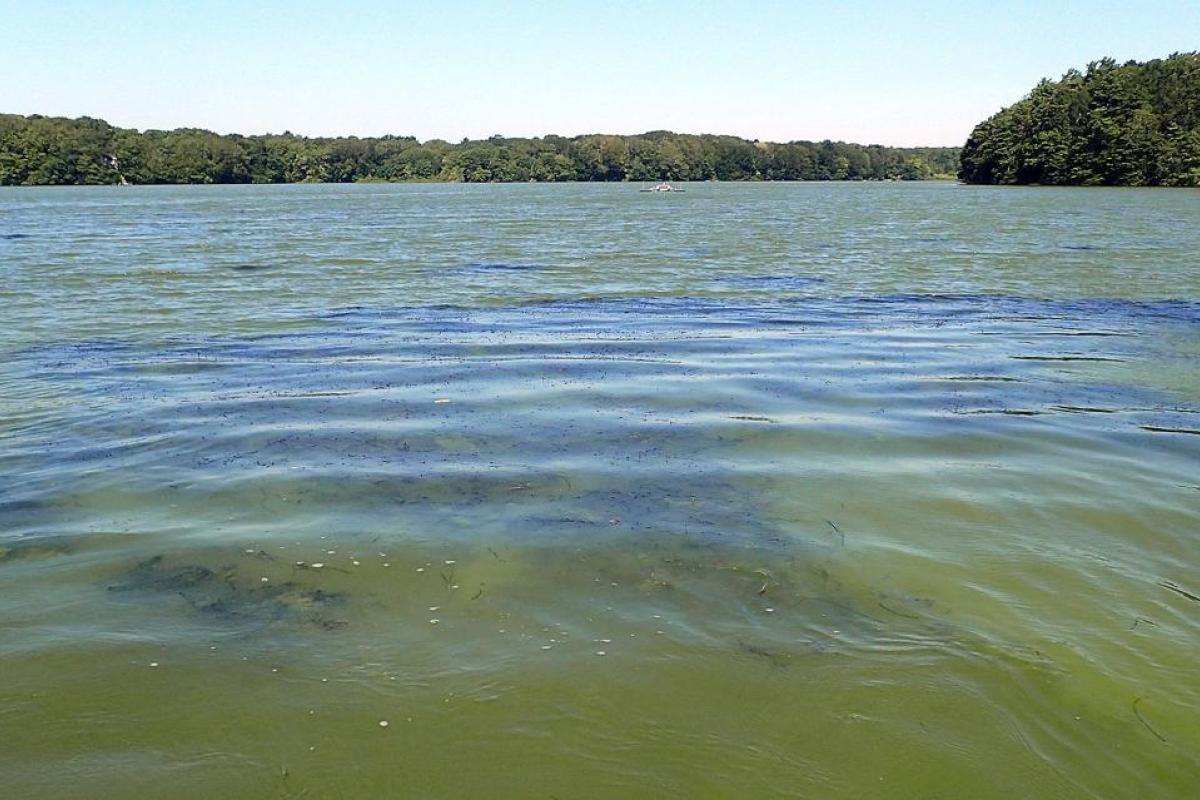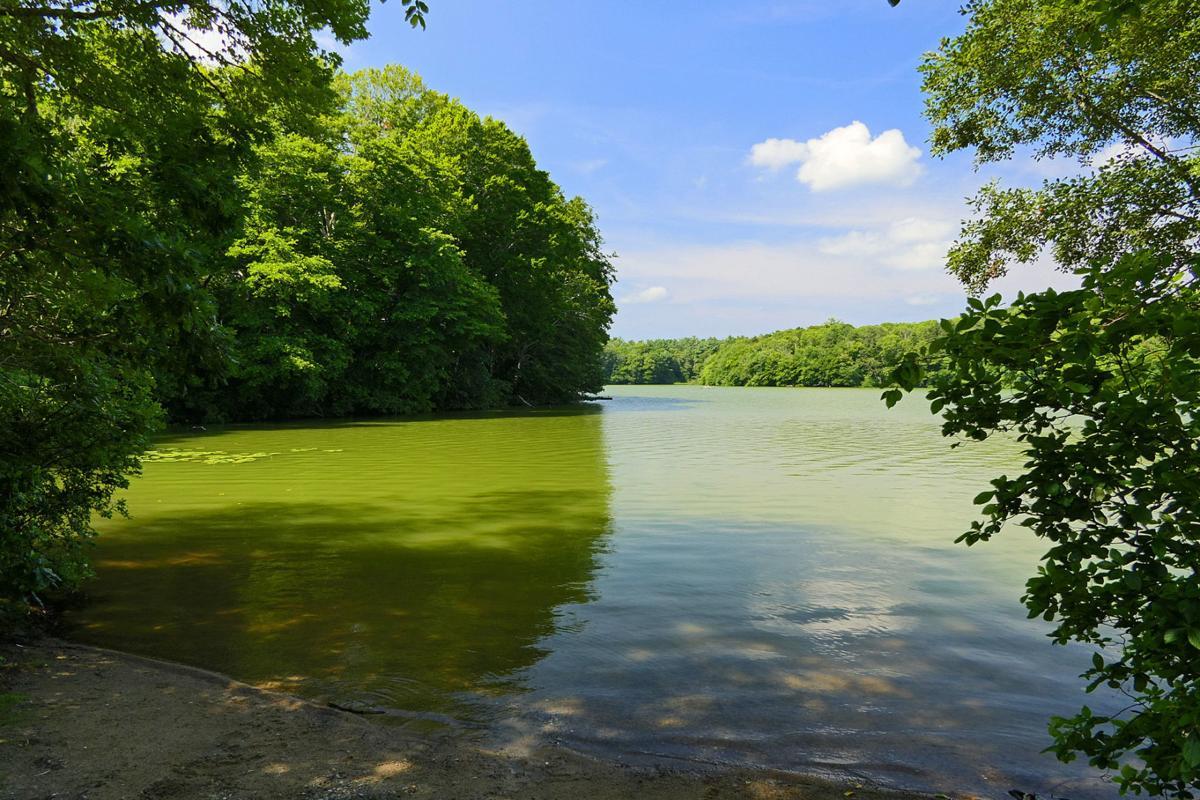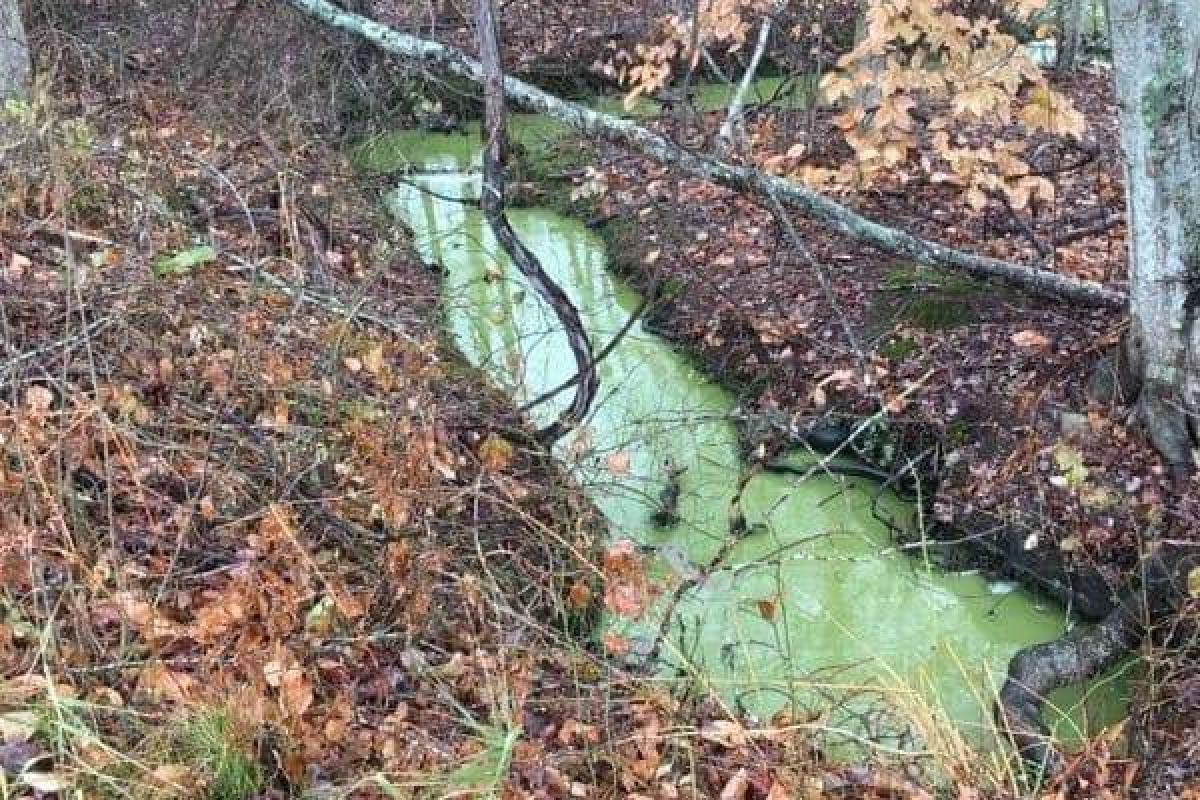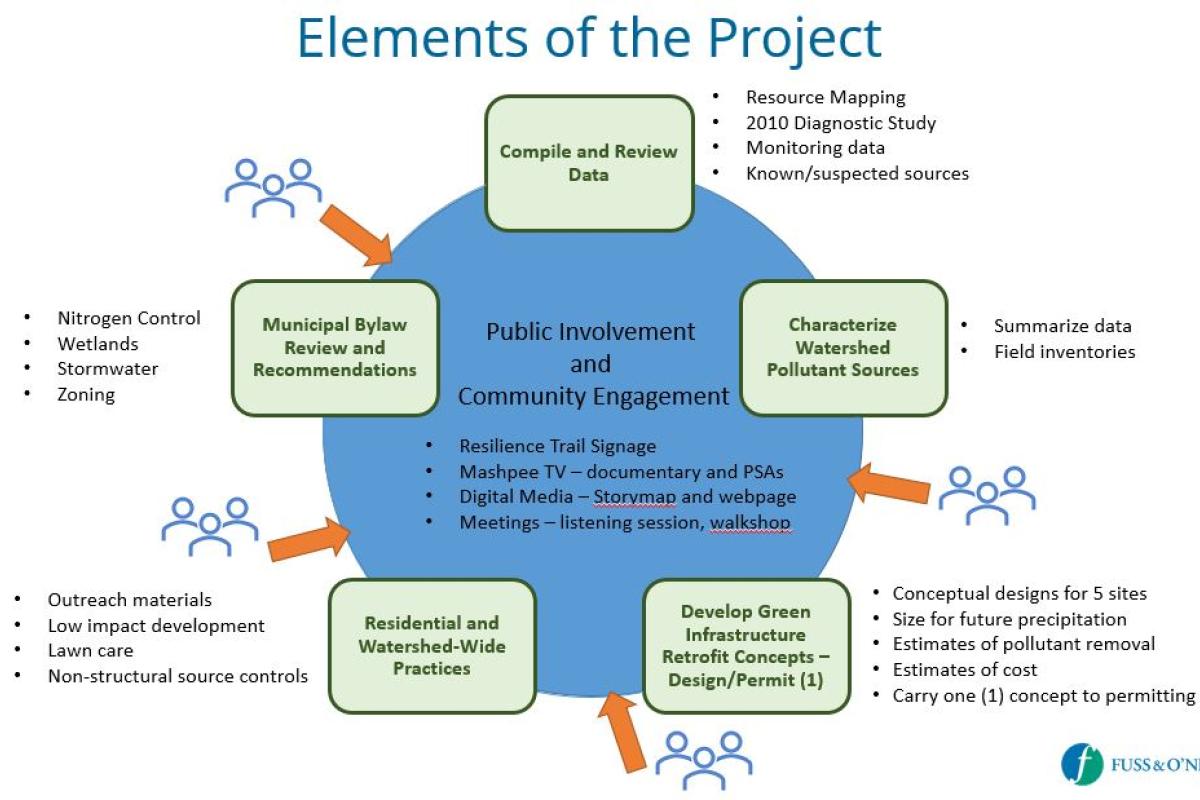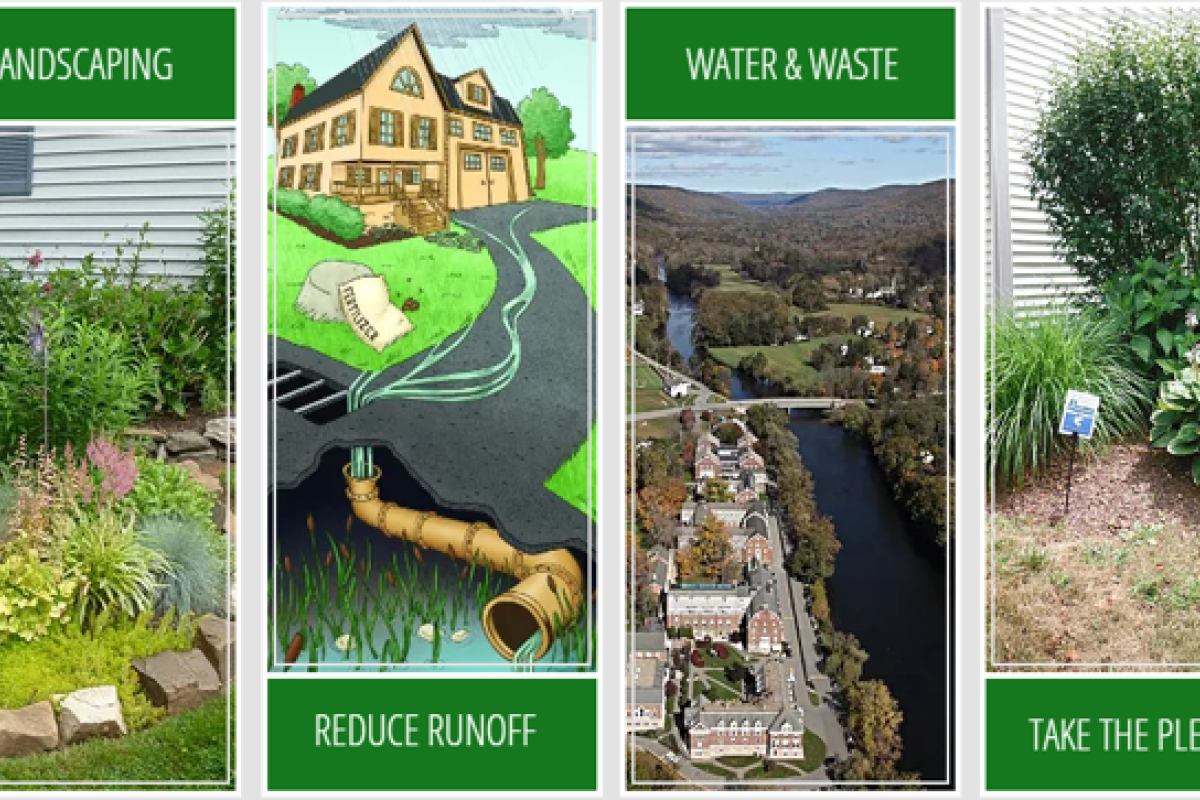MVP Project Narrative
Harmful algal blooms of cyanobacteria (cyanoHABs) have impacted water quality in Santuit Pond, a 170-acre Great Pond in Mashpee, Massachusetts, limiting recreational access and impacting aquatic life in this pond which also holds signficance to the Mashpee Wampanoag tribe. Projected climate change is anticipated to exacerbate cyanoHABs in New England due to increased temperatures combined with increases in both total precipitation and precipitation intensity, which favors runoff generation and subsequent transport of sediment and nutrients to receiving waters.
Santuit Pond water quality has been monitored by state, tribal, and local agencies, as well as academic groups and volunteer monitors. Like most ponds experiencing cyanoHABs, phosphorus sources are a mix of internal and external sources and addressing both is part of a long-term solution to improving water quality. While there is a significant contribution from internal recycling of phosphorus, and long-term plans for the pond include dredging, a 2010 Diagnostic Study of Santuit Pond concluded that “addressing the internal load without reducing external loading…will result in reaccumulation of phosphorus in sediments over time and future internal loading.” While the Town has been able to mitigate some of the influence of internal loading during the summer months through the use of in-pond aeration, rainfall events often trigger a cyanoHAB event. This situation is expected to become more frequent due to projected climate change, impacting recreational access, habitat including fisheries, and air quality. Consequently, there is a critical need to also address the external loading that is driven by stormwater runoff to make the pond more resilient and less suscepible to cyanoHABs following rain events.
The Town of Mashpee proposes to leverage the 2010 Diagnostic Study and over a decade of water quality monitoring to develop a multi-prong approach to improving the resileince of Santuit Pond to a warmer and wetter climate. The approach: (1) develops concept designs for nutrient pollution reduction at key wet weather input locations around Santuit Pond and carries one design forward to permitting, (2) reviews and provides recommended changes to munipal bylaws to reduce nutrient impacts to all surface waters in Mashpee, and (3) creates a robust public education and outreach program that incorpoates knowledge and perspective of the Wampanoag. The designs will focus on using nature-based and hybrid design solutions to reduce external nutrient loading for both current and future storm events. The project also includes outreach and engagement for the residents surrounding the pond and within the pond’s watershed on the use of small-scale Low Impact Development (LID) practices for residential lots and other non-structural source control measures (septic systems, fertilizer usage, etc.) to reduce phosphorus loads to the pond. On a community-scale, modifying existing bylaws to decrease the impacts of nutrients, which will be magnified by climate change elements, will create behavioral change and enforcement capability to increase water quality resilience under both current and future climate. Installation of kiosks focused on key themes of the project, and collaboration with Mashpee TV, on video documentation, public service announcements, and educational videos will be incorporated into the in-person, print, and digital media education and outreach component of the project.


